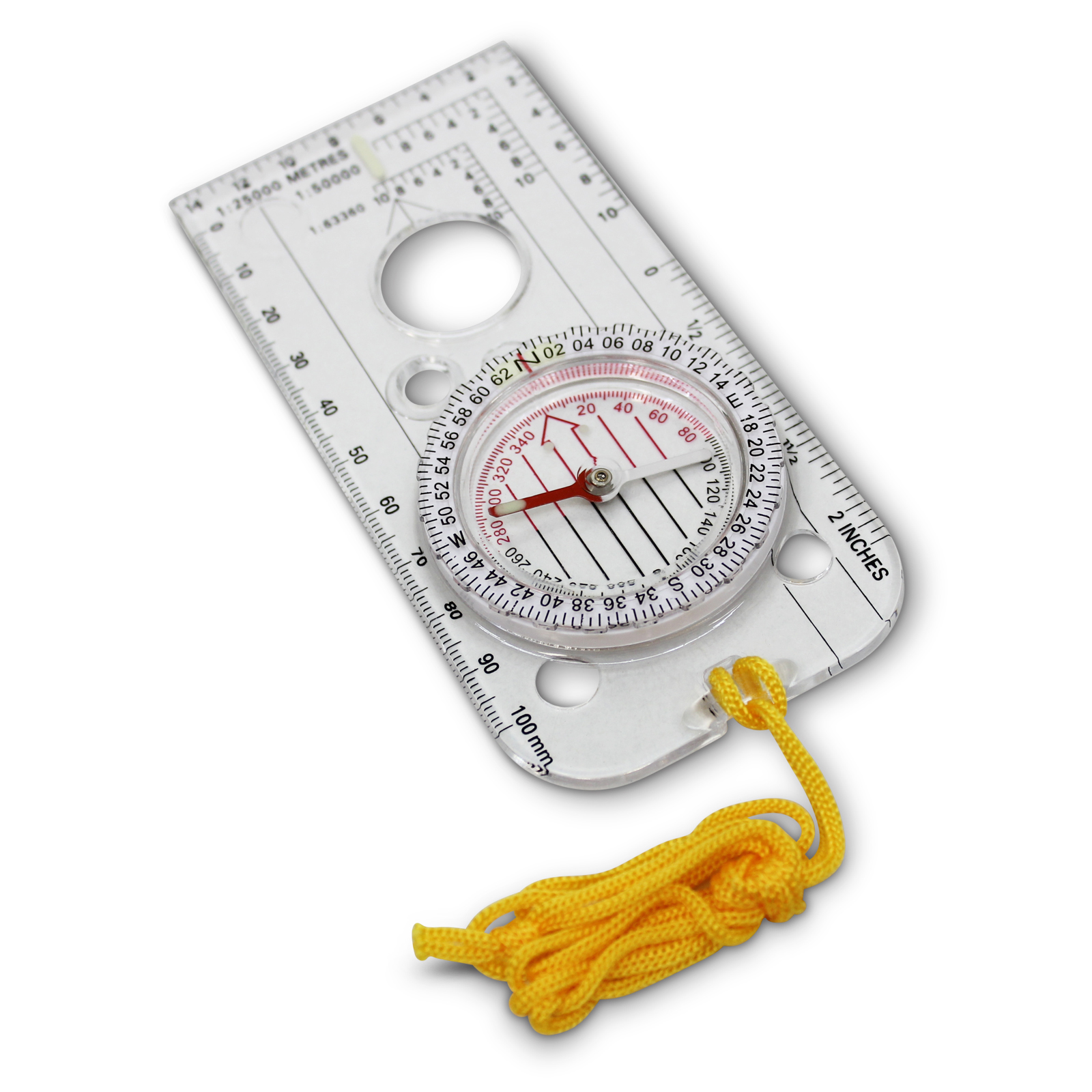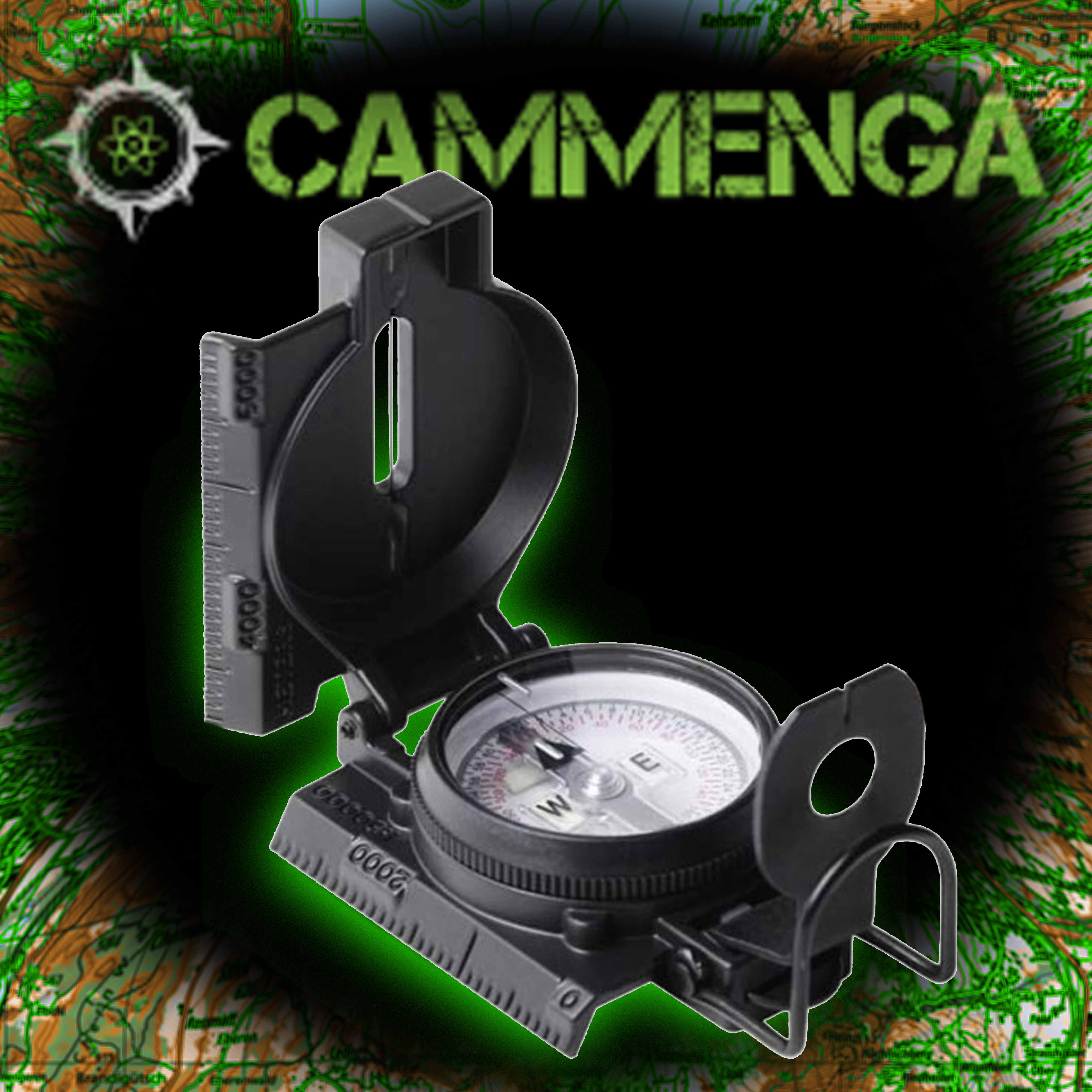Military Lensatic Compass - He has climbed 6000ers in the Himalayas, 4000ers in the Alps, 14ers in the US, and nothing but a good long walk in the wilderness. He climbs when he needs to write, writes when he sleeps, always happy.
Since 1984, Army Surplus World has been providing our customers with surplus gear, equipment and clothing that they can use every day. From staying safe in the field to preparing for disaster or navigating the great outdoors with a military-grade lenticular compass, you'll find new, used, and surplus products you can count on.
Military Lensatic Compass
 Source: theoldtopographer.files.wordpress.com
Source: theoldtopographer.files.wordpress.com
The red lines are positive declinations (where your compass needle points east of magnetic north, true north). Blue lines are lines of negative declination, the location of the magnetic north pole is located west of true north.
About Us
Major Hiker is my blog site to chronicle my hiking and backpacking experiences. Here you'll find information and tips on outdoor activities, wilderness safety and security, gear, first aid, health, and other related items of interest to hikers, backpackers, and other outdoor enthusiasts.
Have fun and see you on the trail! View all posts by Major Hiker Camenga produces two versions of the M-1950 compass for the US Department of Defense: the 3H tritium compass and the 27 phosphorescent compass.
The only real difference between these two compasses is the material used to meet the self-illumination features required by military standards. Camenga also offers a compass in two magnetic orientations: Northern Hemisphere (the needle points to the magnetic North Pole) and Southern Hemisphere (the needle points to the magnetic South Pole).
We are a Christian owned company and are committed to practicing honesty and integrity in all we do. We value our customers and go out of our way to offer you fair prices, top quality products, and compassionate customer service.
 Source: www.aussiestormshop.com.au
Source: www.aussiestormshop.com.au
Author Major Hykr
What if you had an adjustable compass? Did you rotate the orienting arrow to the right or left of north? Nowhere on the internet does anyone show what a compass should look like after you adjust it for positive or negative declination.
Only one picture opens my mind. Example 2: If you are around Mount Fuji, Japan, where the declination angle is -7 degrees, magnetic north and true north are 7 degrees apart, magnetic north is 7 degrees west of true north.
. According to Pennington, the Superior Magnetic Corporation discovered how to read a lenticular compass without using liquid using the induction dampening principle. Induction dampening uses an electromagnetic field to control the oscillation of the needle instead of a fluid.
The well of the compass is made of copper which allows the magnetic field to act as a dampener to the movement of the needle. The company's efforts culminated in the lenticular and wrist compass incorporating induction dampening in mid-1945. These new compasses were quickly purchased and issued to military service personnel in the waning days of the war.
The Cammenga Lensatic Compass
Founded in 1992, Cammenga is a leading manufacturer and supplier of military-grade navigational and tactical gear. We are a proud, family-owned American company whose customers include the military, law enforcement and commercial markets around the world.
If you don't start using your lenticular compass on a map, it's just a regular compass. If your destination edge is farther than the edge allows, you can use a real ruler to align your compass with the edge edge to help you reach your destination.
 Source: ae01.alicdn.com
Source: ae01.alicdn.com
What I want to know is if the declination is 10 degrees east of what the compass needle indicates before making an allowance for December. Is it east of true north or west of true north and why is it better?
Thanks Bill Many orienteers prefer the center-hold technique when using a lensatic compass because of how easy and convenient it is. It is suitable for any visibility conditions as well as different terrains. Follow the detailed steps below to see for yourself.
Induction Dampening
Trusted by the US military as the official compass manufacturer, Camenga supplies the military, law enforcement and commercial markets worldwide. These top-notch lenticular compasses were built for one reason — to help you get your bearings, set your course, and find your way forward.
The US Army's lenticular compass is an iconic land navigation tool. Its decades of use by the US Army, Air Force, Marines and SOF make it the best compass ever made. Furthermore, the history of this piece of military equipment is relatively unknown.
Like the history of the Air Force Survival Knife, the background of the Military Lenstic Compass is minimal. The Compass was certainly not the first to use a lensatic viewing system. However, it standardized the use of the lensatic vision system.
However, the origin of the compass is interesting. Therefore, you must add 9° to the heading on your compass dial (the direction your compass needle is pointing) to determine your true heading, meaning if your reading is 230°, you are pointing to a heading of 239
 Source: armybarracks.com
Source: armybarracks.com
Centre-Hold Technique
°, and when traveling on a bearing of 230° your A reading of 221° should be obtained on the dial. Once you've checked your instrument, it's time to calibrate it to ensure its accuracy. If the calibration point on the azimuth shot deviates more than three degrees from the azimuth, the compass is not working.
You want to stay in cool, dry places, and technical equipment that doesn't offer any immediate danger. A good temperature of 65°F to 78° should keep humidity low and help maintain the structural integrity of the compass.
There are step-by-step instructions for using the compass. Open the compass: Make a 90-degree angle at the cap and base. Move the lens holder: Move the lens holder slightly forward. Hand placement: Insert your thumb through the thumb loop and index finger into the side of the compass.
Place the remaining three fingers down as if you were holding a gun. On the other hand, wrap your fingers under the three fingers of the compass. Sight: Now peer through the rear sight slot, aligning the sight wire or front sight in the desired direction or object.
Calibration
Your cheek should be at the base of your toes. Read the azimuth: Finally, make sure the dial is floating, look at it and read the azimuth. Therefore, the magnetic declination angle is not fixed and is in accordance with magnetic changes in the Earth's core - depending on your location and time.
For example, the declination deviation between locations on the east coast of the United States and the west coast is about 40°. Lenstic compasses are used by the United States military for a reason. If you want to navigate and explore like a Navy SEAL, it's time you learned how to use one of these stellar compasses.
 Source: cdna.artstation.com
Source: cdna.artstation.com
The US Army Lenstic Compass has proven its worth over the past 60 years. Its development can be traced back to the first prismatic and pocket compasses in the nineteenth century. The strength of design and manufacture of the current Lenstic Compass is a testament to the innovative engineers of the Brunson Instrument Company.
Camenga meets the highest standards for manufacturing the M-1950 Compass. The M-1950 Lenstic Compass is an essential piece of gear for the outdoorsman. It takes some skill to use, especially in land navigation. However, nothing beats the US Army Lenstic Compass.
Concluding Thoughts
If you are using a seriously old map, the disclaimer mentioned here may not be correct. How wrong? Well, that depends on how old you are and where you are in the world. It never hurts to double-check a second source (and fail to do so!) There are many types of compasses, but why use a Lensetic?
The lenticular compass is a type of magnetic compass and is one of the most accurate on the market. It was primarily made for military use, hence the aluminum-grade construction and high durability. This is the currently used US military compass.
You can look at the little window at the top (that's the lens), and navigate well from there. Let's break down the individual components of the Lenstic Compass so you can understand each element behind how it works.
Standard compasses use floating dials, but the lenticular compass uses a damping mechanism operated by electromagnetic induction. It's a subtle difference, but it's a roundabout way of saying that lenticular compasses are less susceptible to interference than others.

How To Use A Non-Adjustable Compass
We use cookies to improve your experience. In order to comply with the new ePrivacy Directive, we need to ask for your consent to set cookies. learn more Trusted by the US military as the official compass manufacturer, Camenga supplies the military, law enforcement and commercial markets worldwide.
These top-notch lenticular compasses were built for one reason — to help you get your bearings, set your course, and find your way forward. Using a compass without adjustable declination is a little tricky but doing a little mental arithmetic on the move and then transferring readings from your compass to the terrain and vice versa shouldn't cause too much trouble.
Lenstic compasses are the tools of the experienced or experienced navigator. They're not traditionally used for camping trips or simple navigation, but if you're serious about being prepared, they should be in your EDC bag and bug out bag.
Last but not least, lenticular compasses are prone to scratching. When the actual lens is damaged, it does not necessarily affect normal operation. Put it in a case, or wrap it in a thick cloth to prevent damage.
The M- Lensatic Compass
In 1947, new emphasis was placed on developing a more standardized lenticular compass. The push for a more standardized and improved compass was part of a more comprehensive program of standardizing equipment across all services after World War II (see my article on the Air Force Survival Knife).
Taylor Instrument Company and Brunson Instrument Company introduced prototype compasses that met specifications and standards published by the US Army. The Brunson compass was accepted, and the project to develop a new standardized lenticular compass was completed in 1952. The new lenticular compass was named the Compass, Magnetic, M-1950.
Once you master the use of the lenticular compass, it will be your only means of navigating the wilderness as you advance. There's nothing better than being at the heart of your navigation as a prepper and knowing where you're going without the need for technical input.
Learning how to use a map and compass correctly is essential for anyone serious about spending time in the great outdoors. An important part of this process is learning how to properly adjust for magnetic declination at any location.
Becoming The Master Of Navigation
We hope the above guide has shown you how to do just that and you can easily practice this new skill in the field. All Lensatic military compasses are similar when it comes to parts and features, so your options are pretty limited.
Your deciding factors when buying one can be its quality, finish or appearance, and budget.
military lensatic compass instructions, lensatic compass for sale, lensatic compass instructions printable, military lensatic compass nsn, military lensatic compass tritium, best military lensatic compass, us army lensatic compass, usmc lensatic compass
0 Comments